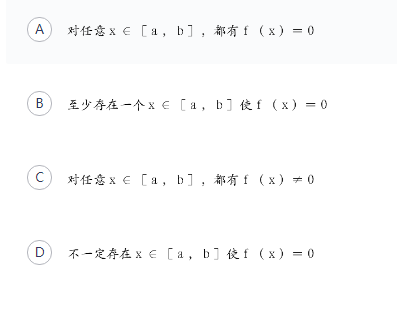当前位置:首页 → 职业资格 → 教师资格 → 中学英语学科知识与教学能力->请阅读Passage1。完成小题。Passage1Themy
请阅读Passage 1。完成小题。
Passage 1
The mythology of a culture can provide some vital insights into the beliefs and values of that?culture.By using fantastic and sometimes incredible stories to create an oral tradition by which to?explain the wonders of the natural world and teach lessons to younger generations,a society exposes?those ideas and concepts held most important.Just as important as the final lesson to be gathered?from the stories,however,are the characters and the roles they play in conveying that message.
Perhaps the epitome of mythology and its use as a tool to pass on cultural values can be found?in Aesop′s Fables,told and retold during the era of the Greek Empire.Aesop,a slave who won the?favor of the court through his imaginative and descriptive tales,almost exclusively used animals to?fill the roles in his short stories.Humans,when at all present,almost always played the part of?bumbling fools struggling to learn the lesson being presented.This choice of characterization allows?us to see that the Greeks placed wisdom on a level slightly beyond humans,implying that deep?wisdom and understanding is a universal quality sought by,rather than stealing from,human beings.
Aesop′s fables illustrated the central themes of humility and self-reliance,reflecting the?importance of those traits in early Greek society.The folly of humans was used to contrast against?the ultimate goal of attaining a higher level of understanding and awareness of truths about nature?and humanity.For example,one notable fable features a fox repeatedly trying to reach a bunch of?grapes on a very high vine.After failing at several attempts,the fox gives up,making up its mind?that the grapes were probably sour anyway.The fable′s lesson,that we often play down that which?we can′t achieve so as to make ourselves feel better,teaches the reader or listener in an entertaining?way about one of the weaknesses of the human psyche.
The mythology of other cultures and societies reveal the underlying traits of their respective?cultures just as Aesop′s fables did.The stories of Roman gods,Aztec ghosts and European elves all?served to train ancient generations those lessons considered most important to their community,and?today they offer a powerful looking glass by which to evaluate and consider the contextual?environment in which those culture existed.
The main purpose of Paragraph 3 is to__________.
推断题。第三段前两句指出伊索寓言的中心主题以及最终目的,然后举例加以说明,因此四个选项中只有A项最恰当地概括了本段的大意,其他选项都比较片面。
教师职业道德区别于其他职业道德的显著标志就是( )。
在教育史上主张“不愤不启,不悱不发”的教育家是()。
心理学家所说的“危险期”或“心理断乳期”是指( )。
教育工作中做到“因材施教”、“长善救失”符合年轻一代身心发展的( )。
德育过程与品德形成过程的关系是( )。
德育过程是培养学生( )的过程。
学生从事集体活动、结交好友的场所是( )。
教师的工作目的和使命是( )。
直接决定教育目的的因素是( )。

